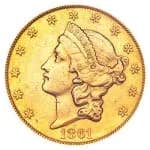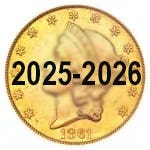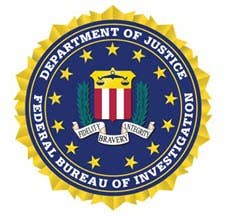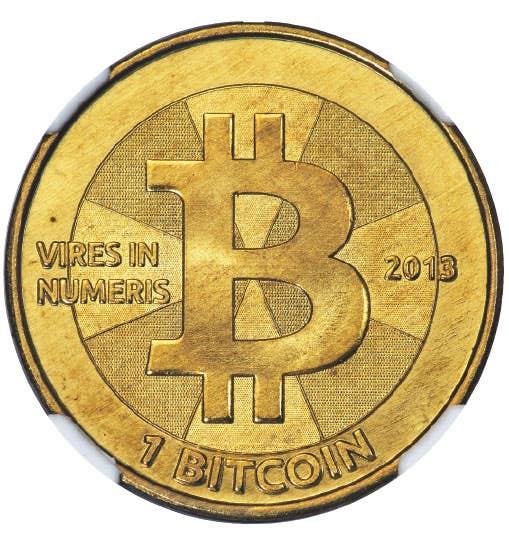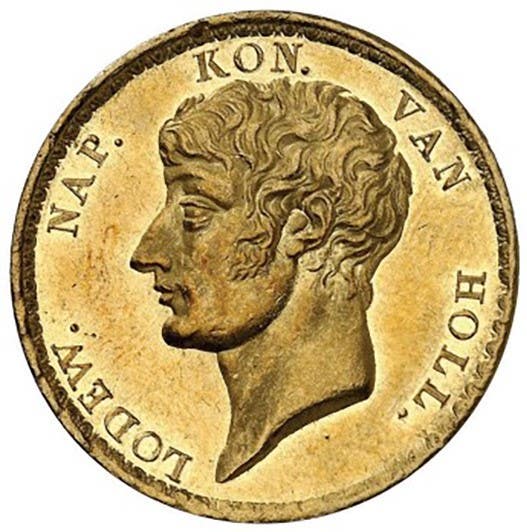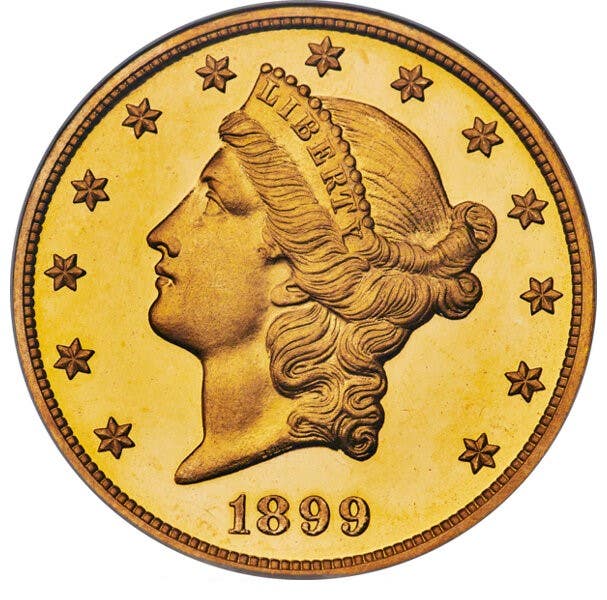This article was originally printed in Numismatic News.
>> Subscribe today!
What was the most popular nickname for the zinc-plated steel cents of 1943?
Contrary to some published reports that they were widely called “silver,” “steel” or even “zinc” cents, by far the most common slang term for them was “lead” cents. The public equated them with the still-common lead counterfeits of the Depression years.
I know there’s a “tombstone” note, but was one of our coins referred to as the “tombstone” coin?
While it was not a generally used nickname, some artistic circles charged the 2-cent coin with being “monumental art, engraved in the typical manner of a tombstone.” I guess that would qualify it.
Was there more than one coin that was nicknamed a “fish scale?”
The silver 3-cent piece, struck between 1851 and 1873, was one. The principal reason for the nickname was its small size, plus its thinness. The mint director at the time, Co. Snowdon, tried to establish the coin as the “trime,” but the label never caught on with the public. The other coin that got labeled as a fish scale was the Canadian silver 5-cent piece, struck from 1858 to 1921. It’s quite likely that the nickname got started with the American coin since it was the first struck.
What is a “Black Beauty” nickel?
“Black Beauty” is a nickname that was applied to the nickels struck at Philadelphia in 1959 and may have been applied in other years as well. The coins attracted considerable attention at the time because they were incorrectly assumed to be a minting variety (“error”), but we know now that they had a surface discoloration that is not classed as a minting variety. This is because the discoloration could be duplicated or applied to the coin at any time and it would be impossible to determine when or where, or whether, it occurred during the minting process. The probable cause was contact with sulfur fumes in the air or a sulfur compound that came in contact with the metal at some point. It’s also possible that the alloy contained cobalt, which will cause nickel to darken in color. Cobalt is found in conjunction with some nickel ores.
Where did the dime nickname of a “short bit” come from?
In the pre-Civil War West, the Spanish real was worth 12-1/2 cents, also known as a bit, so a dime was a short bit.
What is an “Orphan Annie” dime?
This is a nickname that was attached to the 1844 dimes from Philadelphia because they had a very low mintage (72,500), and Philadelphia was the only mint to strike dimes that year. For many years there were all sorts of rumors that the coins had been lost at sea, captured by Indians and other similar “explanations” for the assumed rarity.
How many different countries have or are using “dollar” or “cent” denominations for their coins?
At last count there were 41 different countries that have used a dollar denomination. There are 63 countries that use cents, and those that use variations or different spellings of cent run to 158.
What are the common coin metals, and why do they outweigh other available metals?
The most common coin metals are copper, nickel, iron, tin, zinc and aluminum. The most common bullion metals are gold, silver and platinum. As to why these metals – the fact that they are common, easily mined and processed, and are relatively cheap has a whole lot to do with their frequent use. Most of the other available metals are too scarce, too expensive or are too difficult to process.
More Coin Collecting Resources:
• Subscribe to our Coin Price Guide, buy Coin Books & Coin Folders and join the NumisMaster VIP Program

